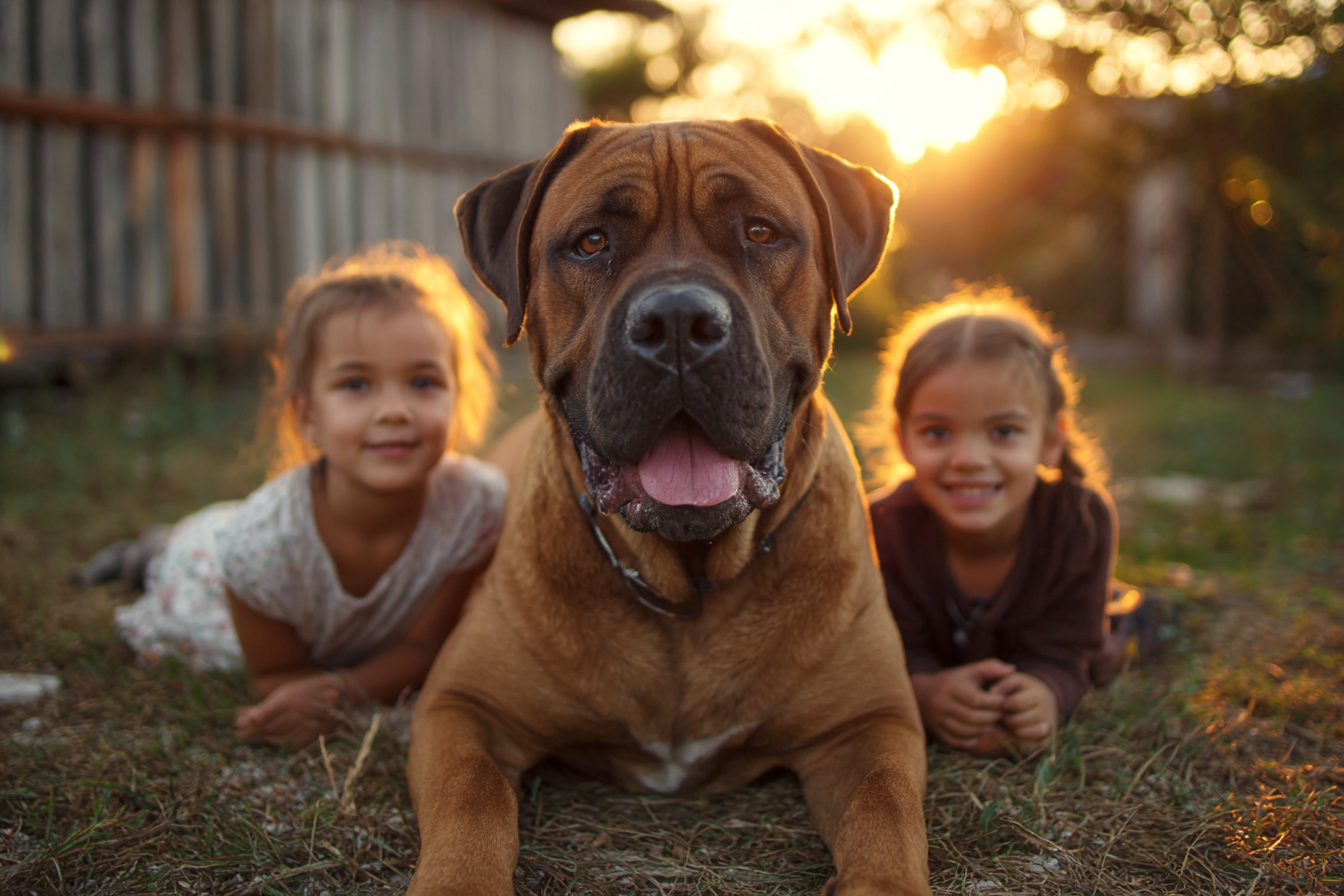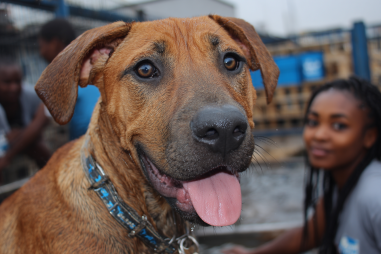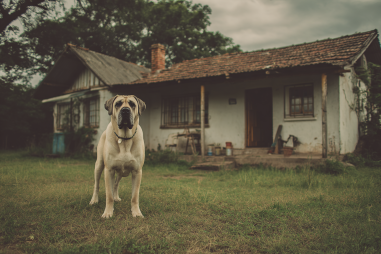The Boerboel, often called the South African Mastiff, is a large and powerful dog breed known for its protective instincts and loyalty to its family. Many people are drawn to Boerboels as family pets, particularly those with children, because of their affectionate nature. However, understanding the Boerboel temperament with children requires a careful balance of supervision, training, and encouragement to ensure that both the dog and the kids interact safely and positively. This article explores how to foster a healthy relationship between your Boerboel and your children, highlighting practical approaches and essential considerations.
Understanding Boerboel Instincts Around Children
Boerboels were originally bred to guard farms and homesteads, which means their protective instincts are deeply ingrained. These dogs tend to be very loyal and can be naturally wary of strangers or unfamiliar situations, which is a beneficial trait for guarding but can sometimes cause challenges with young children who may not always understand boundaries.
Due to their size and strength, even a friendly Boerboel can inadvertently harm a child if excited or overwhelmed. However, it’s important to recognize that Boerboels, when properly socialized, often display calm and gentle behavior around children. They tend to be dignified and patient, which can make them excellent companions for youngsters. Nevertheless, educating ourselves about these instincts helps us respond more effectively, ensuring the safety and comfort of everyone involved.
Supervising Interactions
Regardless of how well-trained a Boerboel may be or how accustomed your children are to dogs, supervision is a non-negotiable part of interactions. These dogs are strong and sometimes unpredictable in excitement or during play. Close adult supervision helps prevent situations in which the dog might feel threatened or overwhelmed, which could escalate to unwanted behavior.
Supervising also means reading the dog’s body language and understanding the children’s behavior. Signs of discomfort such as growling, stiffening, or avoidance should be respected immediately. Similarly, children should be encouraged to approach the dog calmly and respectfully, avoiding sudden movements or loud noises that might startle the dog.
Training Dogs and Educating Children
Training your Boerboel is foundational to harmonious living. Because this breed is intelligent and eager to please but also independent, early and consistent obedience training is critical. Basic commands such as “sit,” “stay,” “down,” and “leave it” can prevent many potential conflicts. Socialization from a young age with different people, animals, and environments also helps create a well-rounded dog accustomed to varied situations.
Equally important is teaching children how to behave around the dog. This education should cover:
- How to approach the dog slowly and calmly
- Not to disturb the dog while eating or sleeping
- Avoiding rough play, such as tugging on ears or tail
- Recognizing when the dog wants to be left alone
Teaching these boundaries helps children respect the dog’s space and build a trusting relationship. It’s a two-way street where both child and dog learn to coexist comfortably.
Preventing Accidents and Misunderstandings
Because Boerboels are powerful, preventing accidents involves more than just teaching and supervision—it also involves anticipating risk factors. For example, avoiding situations where the dog may feel cornered or startled, such as sneaking up from behind, reduces the chance of a defensive reaction from your dog.
Setting up safe zones within the home where the Boerboel can retreat when feeling overwhelmed is another useful strategy. Providing a bed or crate in a quiet space lets the dog rest without interference, which is especially valuable for a breed with strong territorial instincts. Furthermore, monitoring playtime closely and stepping in at the first sign of overexcitement helps keep interactions calm and positive.
Encouraging Positive Bonding
Building a positive bond between your Boerboel and your children pays lasting dividends. Shared activities like gentle play, teaching the dog tricks together, or participating in family walks create a sense of teamwork and joy. Praising both the dog and children for calm and respectful interactions reinforces good behavior and strengthens their connection.
Moreover, allowing children to help care for the Boerboel, with age-appropriate tasks such as filling a water bowl or brushing the coat, empowers them and fosters responsibility. This shared responsibility often leads to deeper respect and affection, resulting in a loving, lifelong friendship.
Final Recommendations
Boerboels can make wonderful family dogs and protective companions for children, but they require mindful management to ensure safety and happiness for all. Here are some key takeaways to consider:
- Invest time in early and consistent training and socialization for your Boerboel.
- Educate children about dog etiquette and boundaries.
- Always supervise interactions, especially with younger children.
- Create safe spaces for the dog to retreat and rest away from household activity.
- Encourage positive, shared activities to build trust and affection.
- Be patient and observe your dog’s reactions to prevent stress or anxiety.
By respecting the natural instincts of the Boerboel and fostering mutual understanding, families can enjoy a rewarding relationship with their dog where children experience the companionship, protection, and love that this unique breed offers.







